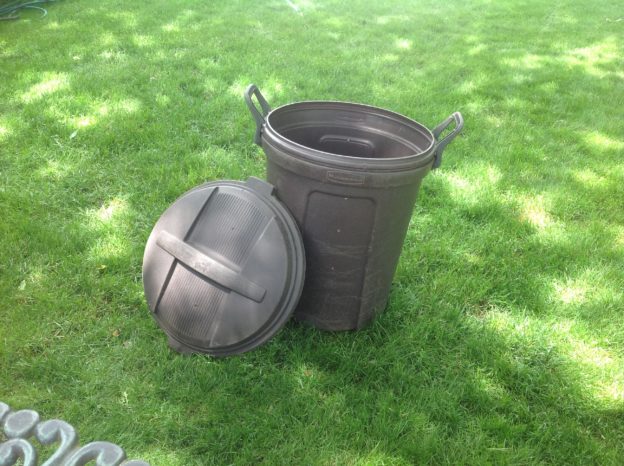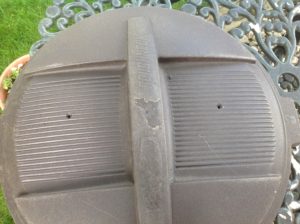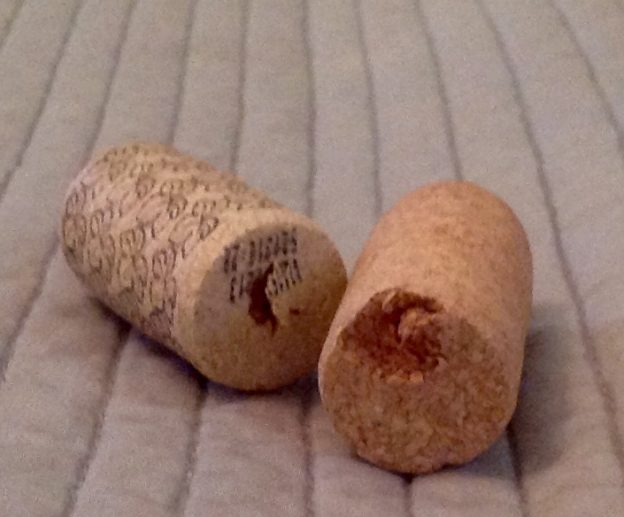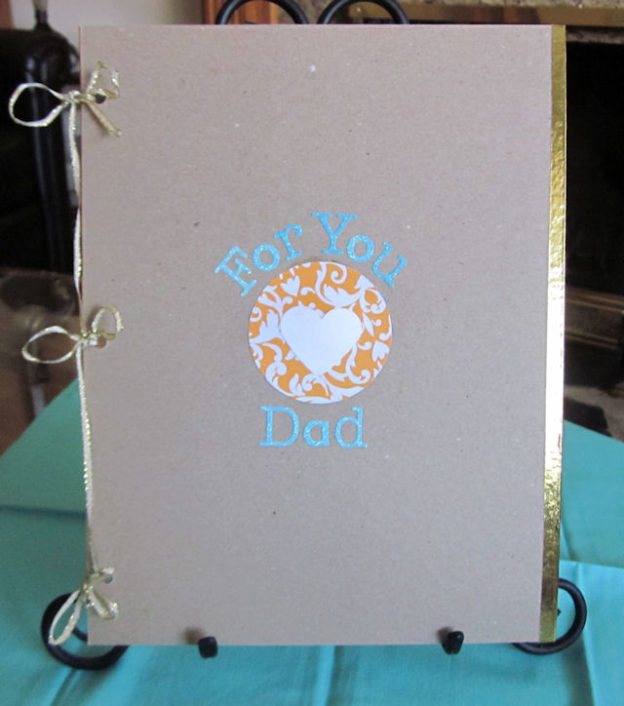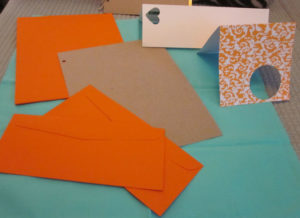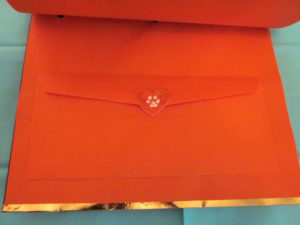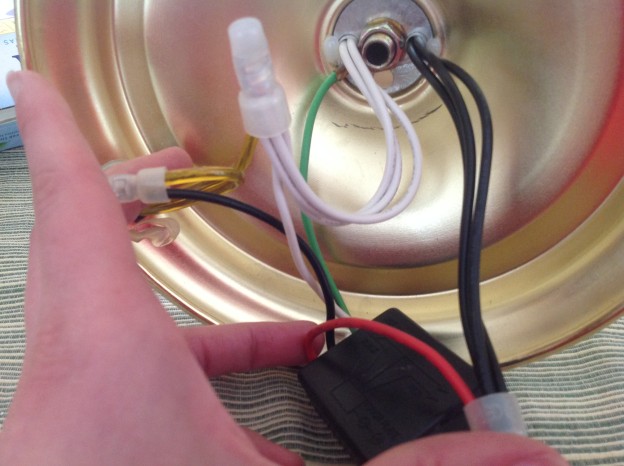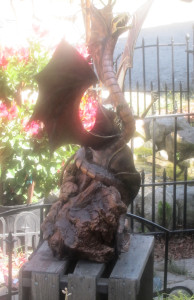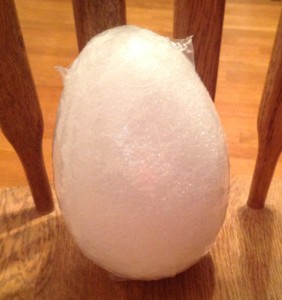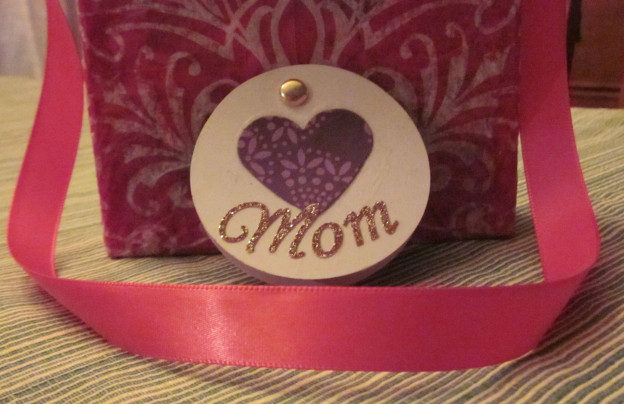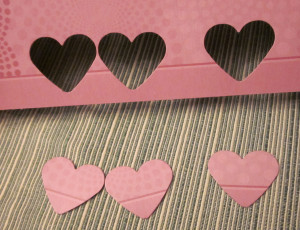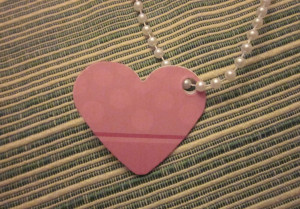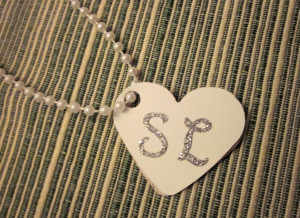It’s that time again! One of my favorite things about gardening is watching seeds turn into plants. I am really excited about this year’s seeds because I purchased them from Seed Savers Exchange.
Seed Savers was founded by Diane Ott Whealy and Ken Whealy in 1975. The mission of this nonprofit organization is to save and share seeds in order to preserve biodiversity for generations to come. They maintain a collection of more than 20,000 heirloom and open-pollinated vegetable, herb, and plant varieties, including over 1,000 varieties of heritage apple trees. Their collection includes many organic seeds.
I am happy to support an organization with such a great purpose. I have to admit though, I am even more excited about seeing what comes out of these seeds! My tomato plants this year have names like Velvet Red and Black Krim! The peppers are Jimmy Nardello’s and King of The North. How cool is that?
Check out this description for Redfield Beauty Tomatoes: “Historic Variety introduced circa 1889 by H.G. Hastings & Co. of Interlachen, Florida. Flattened pink 3″ inch fruits with excellent full flavor.” When was the last time you ate a tomato from the Supermarket that matched that description? Never.
I think that one of the most marvelous things about gardening is the opportunity to discover something new (and delicious!) right in your own yard. There is a romance to gardening. You nurture these plants along on the promise of the rewards to come when they bear fruit. The prize you end up with is largely determined by the seeds you have when you begin… like all great romances!
Are you starting your garden from seeds? Have you used Seed Savers Exchange? Please leave me a comment. I would love to hear from you.



